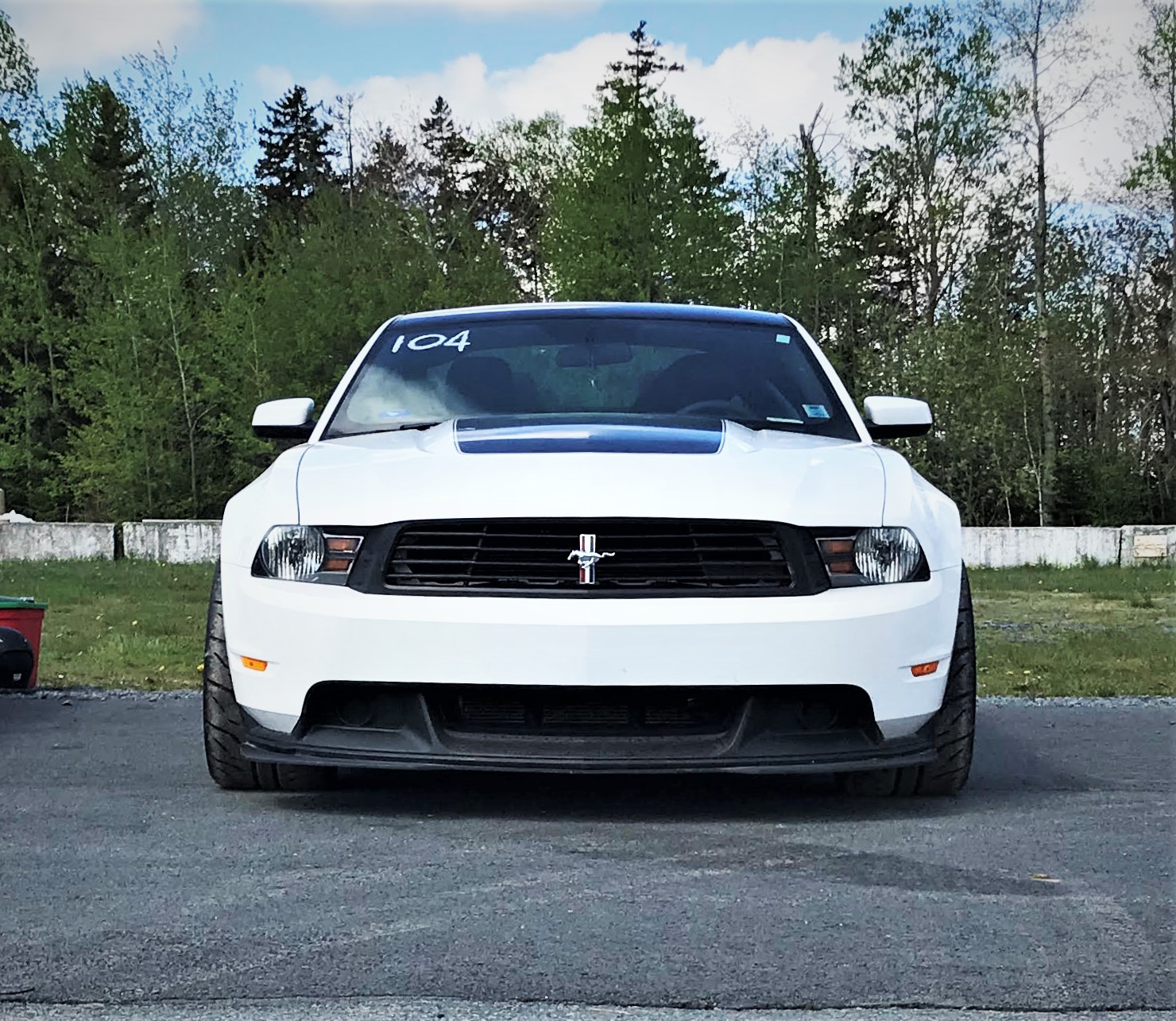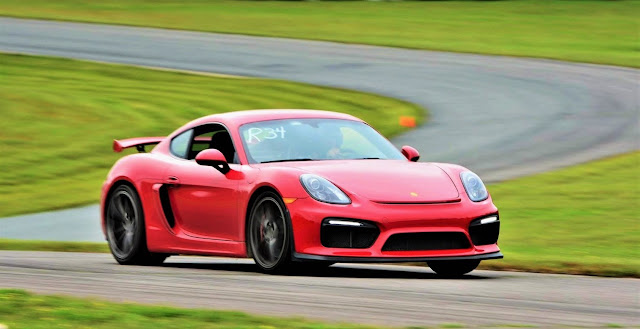I've had a catch can for about a couple of years. If you've been following my blog, you may know that I've had a seldom problem with power steering randomly cutting off. I thought I had it fixed several times but it kept returning. Finally, towards the end of last summer, the problem was found by a tech at one of the local dealers. After a lot of time behind the wheel on and off the track, I can confidently say the problem is gone. I hate to admit but it was my fault. The catch can that I bought was a bigger unit that came with a mounting bracket. Without checking the wiring, I mounted it where the electric power steering rack ground was. Sometimes, while turning, the can would shift so slightly but enough to move the ground cable, cut power and therefore power steering. It was terrifying, especially on the track, and really hurt with being confident behind the wheel.
After the tech found it, he put a second nut on that bolt to hold it better and it worked so much better that power steering never cut off again, but I found that it still shifted enough to cause a slight change in voltage and stability control activated unnecessarily. I tried to find another spot to mount the can but it was hard to find a spot that fits due to its large size so I decided that it was time to get a new, smaller can that does not need to be supported and the JLT unit (JLT Oil Separator) seemed like a great fit. It's small, light and had good reviews. It has OEM connections so I figured it should have a very clean and easy installation.
Actually, saying "easy installation" might be a big understatement. I installed it in less than five minutes and if I didn't have another aftermarket unit, it would take less than one minute. You unclip the stock connections, pull the tube out, and clip the OEM connectors on the JLT can. That's it. I have no idea why other manufacturers don't use the same connectors. They're easier to use and cleaner looking. With the installation out of the way, the other concern is effectiveness.
I've had it for only two track events. The first event was a High Performance Driving School (HPDS) arranged by the local BMW Club. It's a two day, all weekend event. I was there for two slalom exercise sessions and six lapping session, all about 20 mins long. After the event, I drained the catch can and took a couple of pictures.
I unfortunately didn't do any testing with my previous catch can so I can't compare. I also don't have any fine measuring tools I used the smallest measuring cup I found to measure. As you can see in the above picture, it looked like about 3 ml of oil was caught, maybe 5 ml at best. I was disappointed at first as I was expecting it to catch more based on other people's results I found online. I decided to hold my judgement, though, until another track outing. The second time was a regular lapping day, where I was out for three track sessions, each about 20 minutes long.
As you can see in the picture below, it looks like about 10 ml of oil was caught this time. Remember, this time I was out for one day, not two, half the track sessions and no exercise sessions. That's less than half the length of time and less than half the driven miles, yet there was more than 3 times the amount of oil. After seeing that, I was very happy with the results. I felt that the unit works well as I can't imagine there being much more than 10 ml of oil going back after about half a day at the track. More importantly, it also confirmed that just because someone else caught more in a different can doesn't mean this one isn't effective. The results here are so vastly different that it renders any comparison on different days obsolete. This isn't only the exact same catch can but the exact same car and same driver on the same track and within the same month. Nevertheless, the difference in conditions yielded hugely different results.
I wish someone would set up a test bench in a controlled environment to actually rate the effectiveness of different cans on sale now. In my opinion, for the results to be valid, they would have to set up an air loop with a known amount of continuous oil supply in it, connect different catch cans to that loop and measure the amount of oil that collects in each can after a certain run time. This should be repeated with different loop air pressures to simulate the different pressures that would be seen in the PCV line at different engine loads and RPMs for both naturally aspirated and supercharged engines. Then the runs should be repeated again at different temperatures and humidity levels. A test such as that would be conclusive as to which catch can is more effective at catching oil. Otherwise, the results would be meaningless and until then, I'll be happy with my current setup knowing it's keeping all that oil out of the engine cylinders. I hope this helps someone make a decision if they are hesitant about getting one.
















Comments
Post a Comment